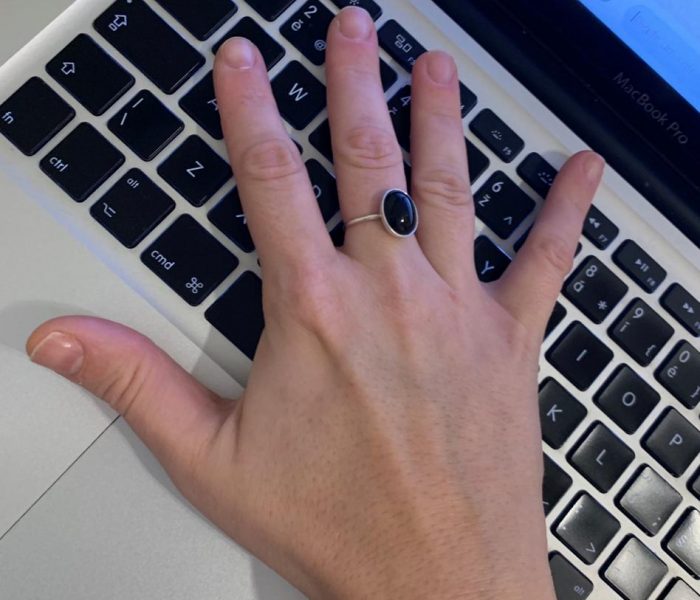 Good morning Readers,
Good morning Readers,
Today, in response to requests, I am going to write about Carpal Tunnel Syndrome.
The carpal tunnel is a channel that is on average 3 cm wide, formed by the bones of the wrist as a base and a transverse ligament as a roof. The median nerve and tendons responsible for flexing the fingers pass through this channel.
Carpal Tunnel Syndrome is an inflammation of the median nerve resulting from its compression by narrowing the carpal tunnel. It can happen due to excessive repetitive movements with the wrist, as in activities of daily living (twisting cloths, typing, lifting weights) or by physical activities such as tennis, volleyball, among others.
In Chinese Medicine, when we have a patient with Carpal Tunnel Syndrome, we assume that the injury is only in the musculoskeletal system and does not affect the internal organs at first.
Thus, it is important that the therapist knows, initially, how to work the pain and the injury with the Tendinomuscular Vessels, which are specific to this type of pathology. In the theory of Tendinomuscular Vessels, the Tsing point of the affected meridian + an ashi point (pain point that does not belong to a particular meridian) is used and ends with the “Union Point” of the affected meridian.
If you do not know the Tendinomuscular Vessels, have exclusive material in the Blog store, just click on the link (for now only in Portuguese): https://loja.facilitanteacupuntura.com.br/store/product/9
In addition to this treatment, the therapist may use local points to treat pain, such as TE-3, TE-4, TE-5, LI-4, LI-5, LU-9, PC7, HT-7, SI-3, SI-4, in addition to other points that circulate Qi and blood throughout the body, as LI-4 + LV-3 used contralaterally.
Other points for gerneral pain can be used, such as ST-36, BL-60, LI-11, among others.
An important tip is the test of the trigger points of the brachioradial musculature, which normally becomes tense in all pathologies of the wrist, including common tendonitis. If the patient reports pain in the region of this point, the therapist should disable the trigger point using a deep needle in it.
It is also necessary to know if the patient has some energetic imbalance of the organs that act on muscles and joints, that is: Liver, Kidney and Spleen. If, in addition to Carpal Tunnel Syndrome, the patient has imbalances in these organs, they must be treated according to the corresponding syndrome.
In auriculotherapy the points of Analgesia, Muscle Relaxation and Wrist will give a great pain relief.
I hope I’ve helped 🙂
Let’s keep studying.
A big hug to everyone.
Profa. Fernanda Mara
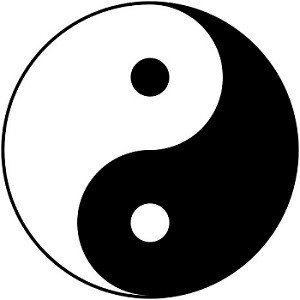
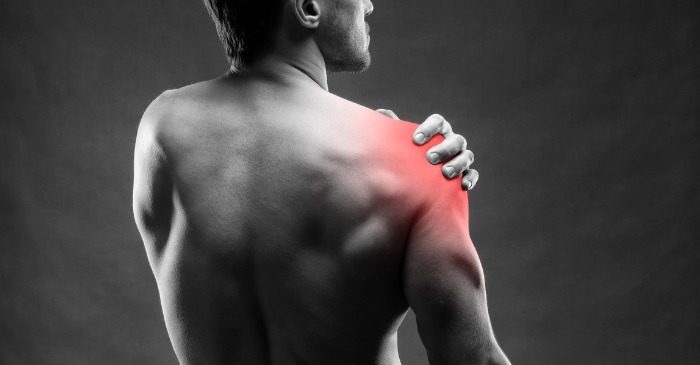
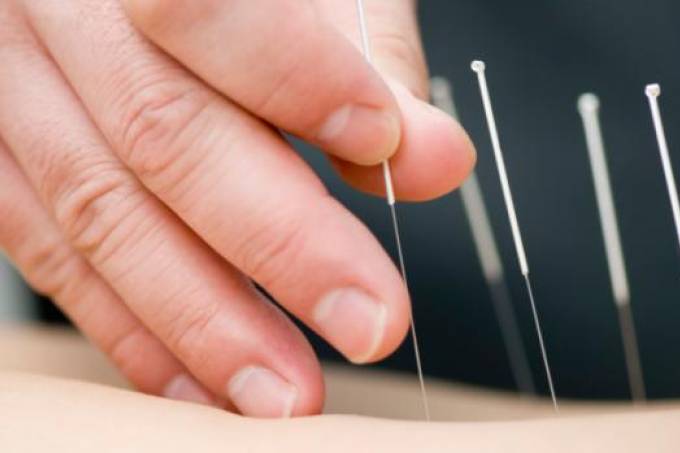
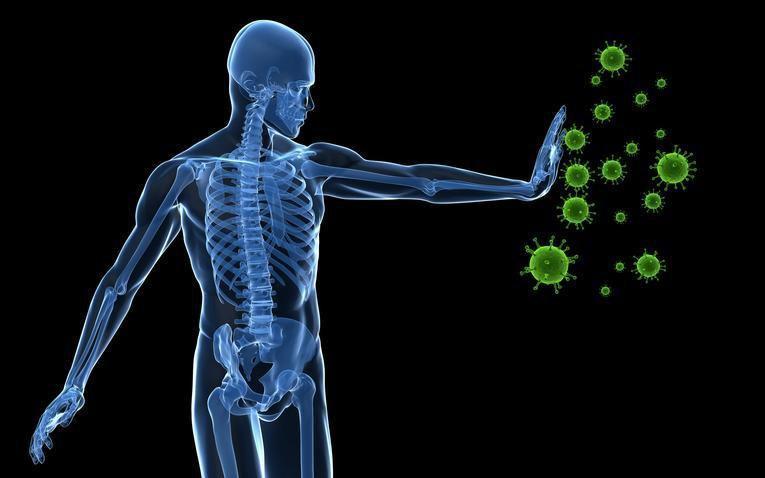
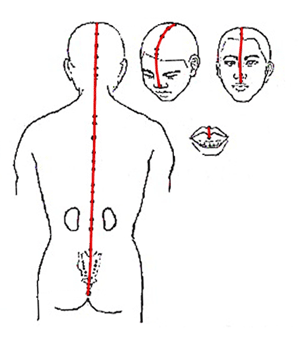 Hello dear readers!
Hello dear readers!